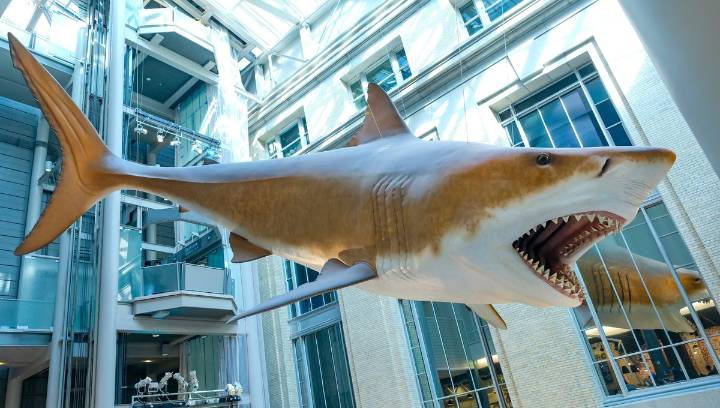Sharks, rays, and chimaeras are collectively known as cartilaginous fish, because instead of bones, they have cartilage material like humans have in our noses and ears. That certainly seems to work out well for them, given their long reign and the diverse niches they occupy, but it’s not so great for humans wanting to draw a picture of ancient sharks.
In particular, it raises the question of how palaeontologists even know sharks evolved 450 million years ago , or are aware of the size of megalodon, the giant shark that lived 23 to 3.6 million years ago. When you read that megalodons were two to four times as long as existing great white sharks, is that just a guess?
In fact, there are a few ways sharks leave a presence in the fossil record. The most common and important is their teeth.

 IFL Science
IFL Science

 Associated Press US News
Associated Press US News New York Post
New York Post NBC 7 San Diego Local
NBC 7 San Diego Local Siskiyou Daily News
Siskiyou Daily News FOX 10 Phoenix National
FOX 10 Phoenix National The Poughkeepsie Journal
The Poughkeepsie Journal NewsTalk 1280
NewsTalk 1280 ESPN NFL Headlines
ESPN NFL Headlines The List
The List